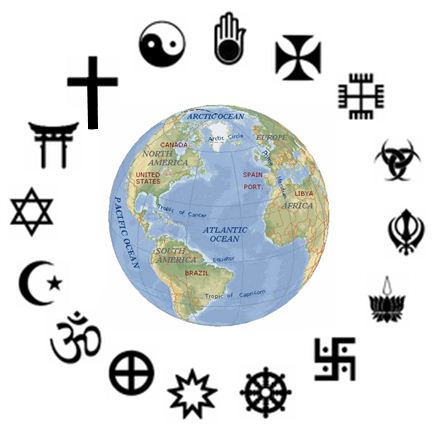A Survey of the origins of other religions in the world as well as sub-religions of Christianity.
Course Times: 8:20 p.m. - 9:45 p.m.

- Professor: Dr. Rubbie Brooks
Effective speaking and writing are supported by being graphic, to visualize with dramatic
realism. This is true of all great literature. Visualization and dramatization make the
message seem real and life-like, bringing the truth home to our understanding and
appreciation, so that they become a part of us. Jesus knew this art perfectly, and used it to
perfection, which is why He demonstrated what God can do through one who is wholly
obedient. That is why Jesus used so many stories; and His stories are the best in the world,
both as to content and as to literary form. That is why God sent Him to live among us.
When we as teachers visualize the stories of His life, people feel as if they have seen and
heard Him tell His own stories. All great dramas and stories are a series of successive
pictures, moving in rapid succession to a dramatic climax and conclusion. These
successive scenes we must analyze out and see, as separate pictures, before we vivify
them. Every story in the Gospels is here so analyzed. Study every event with this in mind,
and our teaching, story telling, dramatization, and expository preaching will improve
over night. The structure of the four (4) Gospels is different, both in the way they are
presented and the writer’s purpose.

- Professor: Patricia Sand
- Professor: Dr. Conny Williams
This is a continuation of Hebrew I. All Doctoral candidates are required to take this class before they can graduate.

- Professor: Dr. Conny Williams
This course will teach the student about the Feasts of the Lord listed in Leviticus, Chapter 23

